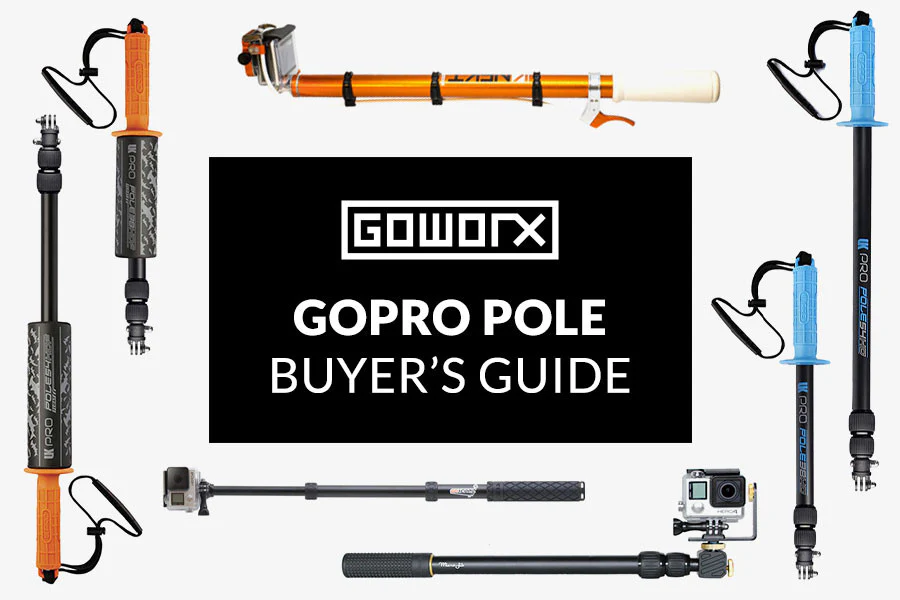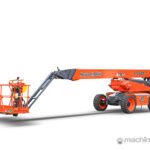Introduction
Telescoping poles are one of the most versatile tools you’ll ever encounter. Whether you’re a professional painter, an outdoor enthusiast, or simply someone trying to clean those hard-to-reach places, telescoping poles have a solution for you. These extendable tools collapse for easy storage and expand to impressive lengths, making them indispensable for countless tasks. Let’s dive into everything you need to know about these practical devices.
What Are Telescoping Poles?
Definition and Structure
A telescoping pole is an extendable pole that can be adjusted to various lengths. Unlike traditional poles, which are fixed in size, telescoping poles use a series of interlocking sections that slide into one another. This feature allows the pole to extend and collapse effortlessly.
Common Materials Used
The materials used in telescoping poles greatly influence their performance and durability:
- Aluminum: Lightweight and rust-resistant, ideal for most general uses.
- Fiberglass: Durable and weather-resistant, perfect for outdoor tasks.
- Carbon Fiber: Extremely lightweight and strong but often more expensive.
How Do Telescoping Poles Work?
Locking Mechanisms
Telescoping poles use various locking mechanisms to secure their extended length:
- Twist-lock: Rotate to tighten or loosen the sections.
- Flip-lock: Flip levers to lock sections in place.
- Pin-lock: Insert pins into designated holes for added security.
Adjustable Length and Portability
These poles are designed to expand to different lengths, offering unmatched versatility. When collapsed, they take up minimal space, making them easy to transport and store.
Types of Telescoping Poles
Telescoping Flagpoles
These poles are perfect for displaying flags in your yard or during events. They’re easy to set up, often coming with built-in mechanisms for raising and lowering flags effortlessly.
Telescoping Utility Poles
Whether it’s cleaning windows, painting ceilings, or trimming trees, utility poles are a household favorite. Their adjustability makes tackling high or low surfaces much easier.
Telescoping Sports and Outdoor Poles
From fishing rods to trekking poles, telescoping designs have revolutionized outdoor gear. They’re lightweight, durable, and compact—perfect for adventurers on the go.
Applications of Telescoping Poles
Industrial Uses
Professionals rely on telescoping poles for tasks such as construction, inspection, and even aerial photography. Their long reach and durability make them indispensable in various industries.
Home and DIY Projects
Telescoping poles simplify everyday tasks like cleaning gutters, painting high walls, and dusting ceiling fans. They save time and eliminate the need for ladders in many situations.
Outdoor Adventures
For hikers, campers, and anglers, these poles are a game-changer. They’re compact enough to carry in a backpack and durable enough to withstand rugged use.
Space Efficiency
One of the most notable benefits of telescoping poles is their compactness. They collapse into smaller sizes, making storage a breeze. Unlike traditional poles, which often require a dedicated storage area, telescoping poles fit into closets, trunks, or even backpacks.
Adjustable Heights
Need to clean a gutter or paint a ceiling? Telescoping poles let you reach those areas without hauling out a ladder. Adjustability is key, allowing you to modify the pole’s length to suit the task. Whether you need an extra foot or several meters, telescoping poles deliver.
Durability and Strength
Modern telescoping poles are made from robust materials like carbon fiber and aluminum, ensuring they can handle heavy-duty tasks. Despite their collapsible nature, they’re engineered to maintain structural integrity when fully extended.
How to Choose the Right Telescoping Pole
Purpose and Application
Your intended use will largely determine the type of telescoping pole you need. For household tasks like painting, a lightweight aluminum pole might suffice. Outdoor enthusiasts, on the other hand, may prioritize carbon fiber for its strength and portability.
Material Considerations
Each material offers unique benefits:
- Aluminum: Affordable and rust-resistant.
- Fiberglass: Stronger than aluminum and non-conductive, ideal for electrical work.
- Carbon Fiber: Ultra-light and highly durable but comes at a premium price.
Budget and Brand Reputation
Quality doesn’t always have to break the bank. Research trusted brands with good reviews to ensure you’re investing in a reliable product. Many budget-friendly options still offer excellent performance for casual users.
Maintenance and Care Tips
Cleaning and Storage
To keep your telescoping pole in tip-top shape, clean it after each use. Remove dirt, dust, and moisture to prevent corrosion. If the pole has been exposed to saltwater or harsh conditions, rinse it thoroughly with fresh water before storing.
Regular Inspections
Check for any signs of wear and tear, especially in the locking mechanisms. Tighten loose parts and replace damaged components promptly to avoid accidents.
Lubricating Moving Parts
A little lubrication goes a long way in maintaining smooth operation. Apply a suitable lubricant to the joints and locking mechanisms, ensuring they don’t stick or jam.
Safety Considerations for Telescoping Poles
Avoiding Overextension
Overextending a telescoping pole can lead to instability and potential breakage. Always adhere to the manufacturer’s recommended length limits and distribute weight evenly during use.
Working Near Electrical Lines
If you’re using a pole for tasks near power lines, choose a non-conductive material like fiberglass. Safety should always be your top priority.
Proper Handling Techniques
Handle your telescoping pole with care, especially when extending or collapsing it. Avoid sudden jerks that could damage the locking mechanisms or compromise safety.
Popular Brands of Telescoping Poles
High-Quality Options
Brands like Werner, Unger, and Telesteps are known for their durability and reliability. These companies offer a wide range of poles tailored to professional and casual users.
Budget-Friendly Alternatives
For those on a tighter budget, brands like Docapole and Extend-A-Reach provide affordable yet durable telescoping poles, perfect for light to medium-duty tasks.
Innovative Uses of Telescoping Poles
Creative DIY Projects
Telescoping poles can be a DIYer’s best friend. From creating a makeshift flagpole to installing outdoor lights, these poles offer endless possibilities for creative solutions.
Professional Applications
Professionals in fields like photography, construction, and surveying use telescoping poles to improve efficiency and precision. For instance, attaching a camera to a telescoping pole allows for aerial shots without a drone.
Challenges and Limitations
Weight Limitations
While telescoping poles are strong, they have their limits. Overloading a pole beyond its capacity can lead to bending or breaking. Always consult the product specifications to understand its load-bearing limits.
Longevity Issues
Like any tool, telescoping poles can wear out over time. Frequent use, exposure to harsh conditions, or improper maintenance can reduce their lifespan. Investing in a high-quality product and adhering to maintenance tips can mitigate this.
Future Trends in Telescoping Pole Design
Smart Poles
The integration of technology into telescoping poles is on the horizon. Imagine poles equipped with sensors, GPS, or even Bluetooth connectivity for enhanced functionality.
Sustainable Materials
As environmental concerns grow, manufacturers are exploring eco-friendly materials for telescoping poles. Innovations in biodegradable composites and recycled metals are likely to shape the future.
Conclusion
Telescoping poles are a testament to the power of simplicity and innovation. Their extendable design makes them indispensable for countless tasks, from cleaning and painting to trekking and fishing. Choosing the right pole involves understanding your needs, considering the materials, and investing in quality. With proper care, a telescoping pole can serve you reliably for years.
Whether you’re a professional or a hobbyist, a telescoping pole is a versatile tool worth having in your arsenal. Ready to reach new heights? Find the perfect pole and start exploring its endless possibilities today!
FAQs
- What is the weight limit for telescoping poles?
The weight limit varies by model and material. Check the product specifications for exact load capacity. - How do I maintain a telescoping pole?
Regular cleaning, lubrication, and inspections can help extend the lifespan of your pole. - Can telescoping poles be used in extreme weather conditions?
Most poles made from durable materials like fiberglass and aluminum can withstand harsh weather. However, always follow the manufacturer’s guidelines. - What is the best material for outdoor poles?
Fiberglass and carbon fiber are ideal for outdoor use due to their strength and weather resistance. - Are telescoping poles easy to repair?
Many poles have replaceable parts, making minor repairs straightforward. For significant damage, consult the manufacturer.



